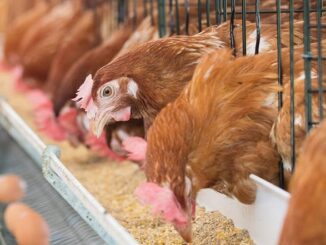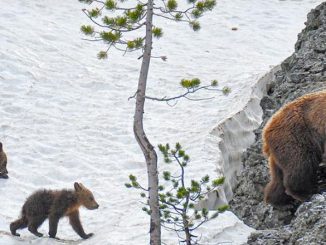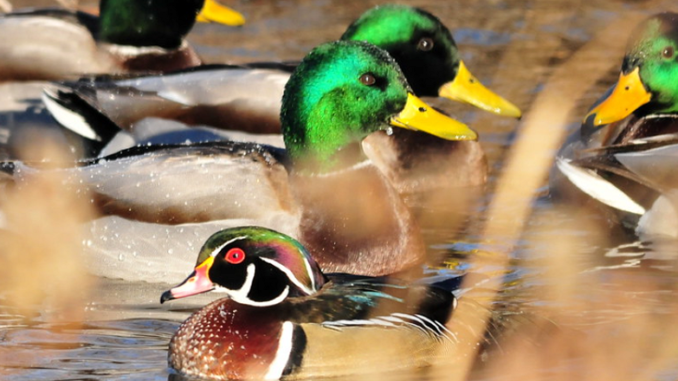
RIVERDALE, Maryland, January 31, 2023 (ENS) – Wild birds and commercially raised chickens alike are dropping dead from bird flu by the millions across the United States. Red-tailed hawks and great horned owls in Wyoming, American and Canadian wild birds along the Atlantic coast and across the Midwest, and 58.2 million birds in commercial and backyard poultry flocks in 47 states have died in the past year, reports the USDA’s Animal and Plant Health Inspection Service.
That number of 58.2 million birds affected is way over the largest previous bird flu outbreak in the United States in 2015 that affected 50.5 million birds in just 21 states.
Domestic poultry that can be affected include chickens; turkeys; ring-necked pheasants; ducks; geese; common, Japanese, or bobwhite quail; Indian peafowl; chukar or grey partridge; pigeons; ostrich; and guinea fowl.
The National Chicken Council, a U.S. trade association, assures consumers that the food supply is safe, saying, “All U.S. flocks are tested year-round for avian influenza, and if a single bird in a flock were to test positive for avian flu, then none of those birds would be allowed to enter the food supply.”
Wild turkeys, ducks and geese are at greater risk than some other species, it appears. Confirmed cases of the avian flu have killed wild waterfowl in Brevard, Volusia and Indian River counties, the Florida Fish and Wildlife Conservation Commission first announced in February 2022.
Bird flu is caused by influenza Type A viruses. Avian-origin influenza viruses have combinations of two groups of proteins on the surface of the influenza A virus – hemagglutinin or “H” proteins, of which there are 16 (H1-H16), and neuraminidase or “N” proteins, of which there are nine (N1-N9).
Avian influenza viruses are classified as either “low pathogenic” or “highly pathogenic” based on their genetic features and the severity of the disease they cause in poultry. Most viruses are of low pathogenicity, meaning they cause no signs or only minor clinical signs of inflection in poultry.
But the bird flu now sweeping the country is H5N1, considered to be a highly pathogenic avian influenza, HPAI – and it is not confined to birds.
Bird Flu Spreads to Mammals
Scientists have documented the first cases in wild grizzly bears. The three juvenile bears, which were euthanized last fall in Montana, later tested positive for the virus, the state’s Fish, Wildlife and Parks Department announced January 17.
These were the first documented cases of HPAI in grizzly bears, but on Alaska’s Kodiak Island an infected Kodiak bear was found last December.
Harbor seals have been found with the disease in Maine; a bottlenose dolphin became sick in Florida; skunks, opossums, raccoons, coyotes, and bobcats have been reported sick with avian influenza across the country, and foxes have been infected with the virus in Michigan, Alaska, North Dakota, Wisconsin, and New York.
“We suspect these mammals probably get the virus from consuming infected birds,” said Montana Fish, Wildlife and Parks veterinarian Jennifer Ramsey.
Infection may cause illness, including severe disease and death in some cases.
Yes, Bird Flu Can Jump to Unwary Humans
As of January 5, 2023, a total of 240 cases of human infection with the H5N1 bird flu virus have been reported from four countries within the Western Pacific Region since January 2003. Of these cases, 135 were fatal, resulting in a case fatality rate of 56 percent.
On January 10, Ecuador reported its first case of human transmission of avian influenza.
Although the overall risk to the general public from the current bird flu outbreaks remains low, health officials say, it is important that people take preventive measures around infected or potentially infected wild birds and poultry to prevent the spread of bird flu viruses to themselves or to other birds and other animals, including pets.
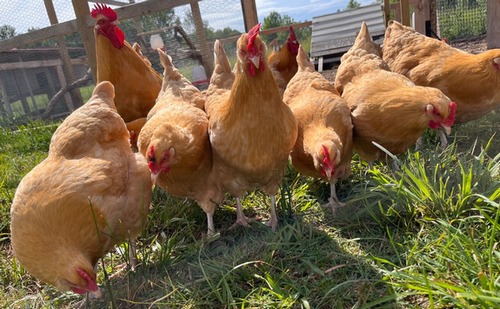
This applies not just to workplace or wildlife settings but potentially to household settings where people have backyard flocks or pet birds with potential exposures to wild or domestic infected birds.
To prevent infection, people should avoid unprotected contact with wild or domestic birds and poultry that look sick or have died.
Bird flu infections in people happen most often after close, prolonged, and unprotected contact with infected birds or surfaces contaminated with bird flu viruses.
If contact cannot be avoided, people should minimize contact with wild birds or sick or dead poultry by taking the following precautions:
- – Wear personal protective equipment, PPE, like disposable gloves, boots, an N95 respirator if available, or if not available, wear a well-fitting facemask, such as a surgical mask, and eye protection. Specific CDC and U.S. Department of Agriculture PPE recommendations are available at “Backyard Flock Owners: Take Steps to Protect Yourself from Avian Influenza (Bird Flu)”. To access, click here.
- – Don’t touch sick or dead birds, their feces or litter, or any surface or water source such as ponds, waterers, buckets, pans, and troughs that might be contaminated with their bodily fluids without wearing personal protective equipment.
- – While cleaning and disinfecting contaminated premises, avoid stirring up dust, bird waste, and feathers to prevent virus from dispersing into the air.
- – Avoid touching your mouth, nose, or eyes during and after contact with birds or surfaces that may be contaminated with saliva, mucous or feces from wild or domestic birds/poultry.
- – Wash your hands with soap and water after touching birds/poultry.
- – Change your clothes before contact with healthy domestic poultry and after handling wild birds, captive wild birds, farmed birds, and other pet birds. Then, throw away the gloves and facemask, and wash your hands with soap and water.
U.S. Preparing a New Environmental Impact Statement
On January 18, the USDA’s Animal and Plant Health Inspection Service announced its intention to prepare an environmental impact statement, EIS, to examine the potential environmental effects of the agency’s response activities to HPAI outbreaks in commercial and backyard poultry operations in the United States.
APHIS is requesting public comment to further define the scope of the EIS, identify reasonable alternatives and potential issues, as well as relevant information, studies, and/or analyses that APHIS should consider in the EIS.
Additional information on this action can be found here.
HPAI Felt Around the World
New Outbreaks in Poultry
The most recent report from the World Organisation for Animal Health, WOAH, based in Paris shows that during the five weeks between December 2, 2022 and January 5, 2023 a total of 288 new outbreaks in poultry were reported by 17 countries: Belgium, Canada, Czech Republic, Denmark, Ecuador, France, Germany, Hungary, Israel, Japan, Mexico, Niger, Poland, South Korea, Spain, United Kingdom and United States.
New Outbreaks in Wild Birds
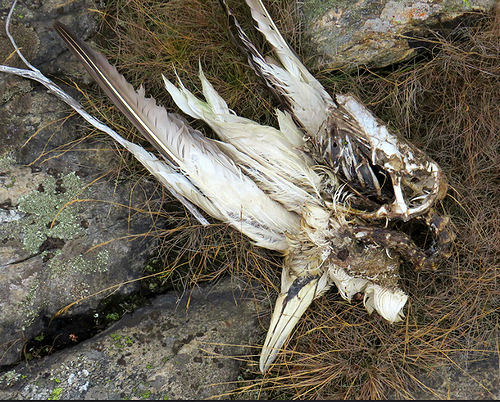
During the five-week period covered by WOAH’s latest report, a total of 139 outbreaks in non-poultry were reported by 24 countries and territories: Austria, Belgium, Chile, Colombia, Denmark, France, Honduras, Hong Kong, Hungary, Ireland, Israel, Italy, Japan, Kazakhstan, Netherlands, Norway, Panama, Poland, Romania, Slovenia, Sweden, Switzerland, United Kingdom, and United States.
The current HPAI epidemic season continues with about 290 outbreaks being reported in poultry and about 140 in nonpoultry birds over the five weeks covered by the report, mainly in Europe, and also in the Americas, Asia and Africa.
Many of the countries in these regions are experiencing a larger number of outbreaks than occurred last year at the same time. Outbreaks are also spreading further to Central and South American countries.
WOAH points out that the first occurrence of HPAI in Panama, Honduras, Venezuela and the recurrence in Chile after 20 years of absence happened during these five weeks, all in nonpoultry birds. In Peru, the disease was reported in poultry during the period covered by this report, in addition to nonpoultry infections previously reported.
Over 10 million birds died or were culled worldwide during the five week period between December 2, 2022 and January 5, 2023.
Featured image: Wood duck drake and a flock of mallards overwintering on a small creek in South Dakota, 2014, the year before the bird flu wave of 2015. (Photo by Tom Koerner courtesy U.S. Fish and Wildlife Service)
© 2023, Environment News Service. All rights reserved. Content may be quoted only with proper attribution and a direct link to the original article. Full reproduction is prohibited.

